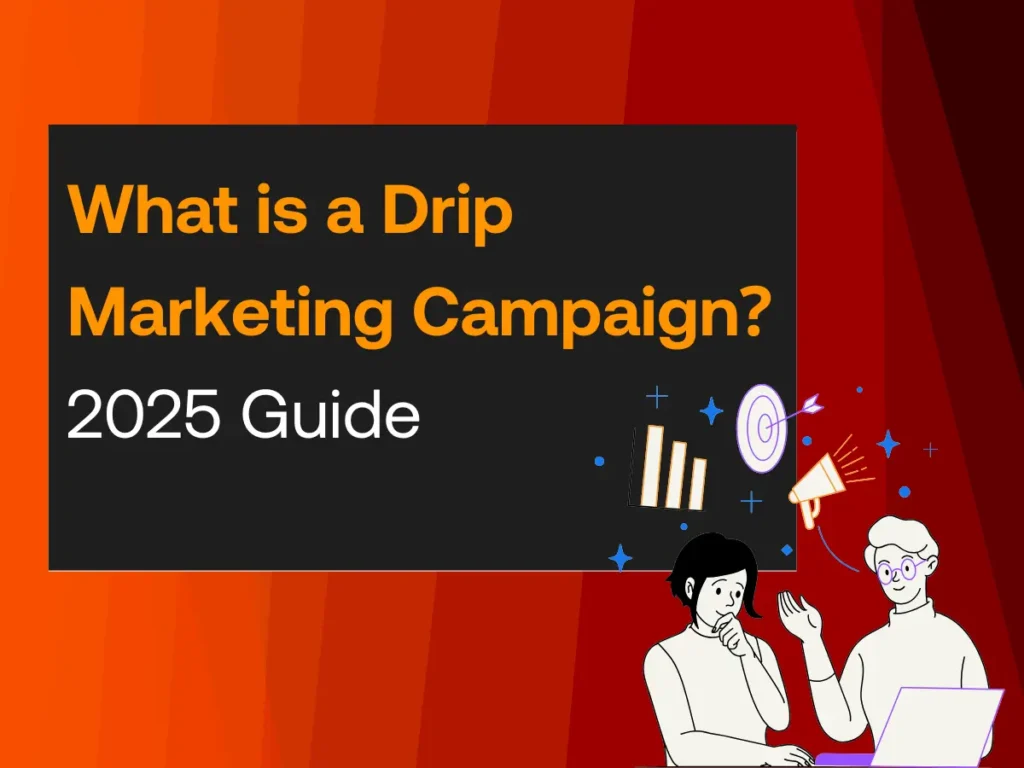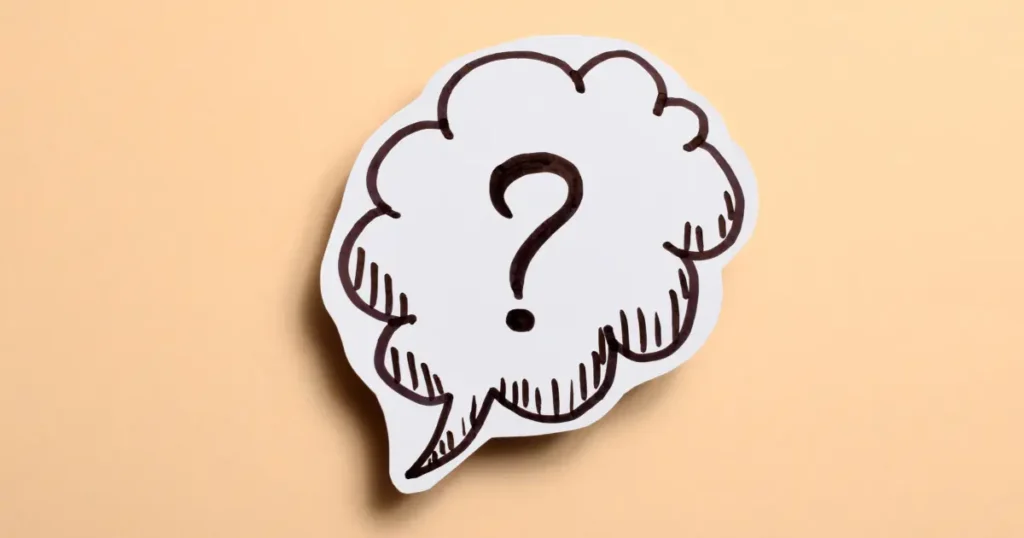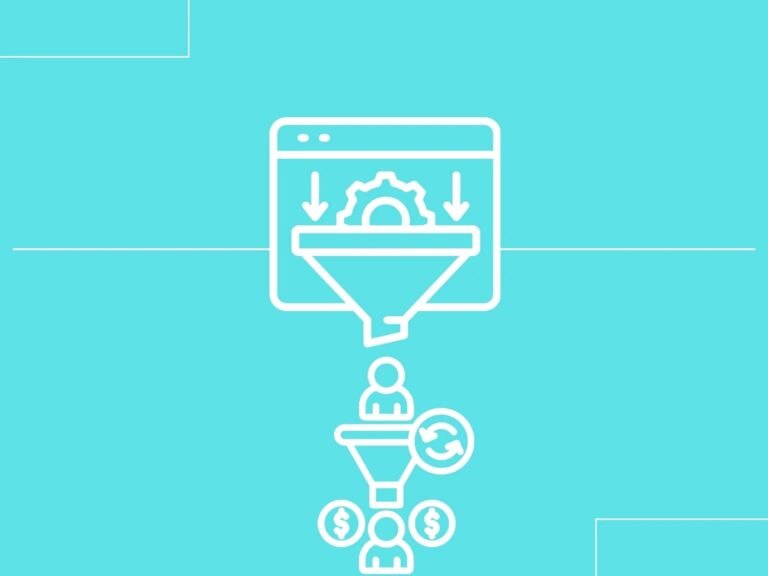
Have you ever subscribed to a newsletter of a company before and almost instantly felt disconnected—as if you had missed a hundred letters before the most recent one? This is because newly signed-up newsletter subscribers only view the emails sent to them. Before that, everything has gone to nothingness.
The only solution to this situation is a drip marketing campaign.
In this guide, I will explain what drip campaigns are, when they are effective, and how you can utilize them to convert a disengaged user into a buyer.
What is a Drip Campaign?
What exactly is a drip campaign? A drip campaign, or drip sequence, is basically an automated email marketing strategy. It sends out a series of pre-written emails to people who take a certain action on a website, web app, or application.

It helps businesses connect with leads by sharing valuable and relevant content over time, helping them navigate the buyer’s journey. This way, businesses can become go-to experts in their field and show that they’re really helpful for what their audience is looking for.
Additionally, people sometimes refer to a drip campaign as an automated email campaign, drip email marketing campaign, drip email sequence, or nurture campaign. People often refer to it as behavioral email since it gets triggered based on what the user does and how they act.
For example, imagine a new subscriber signing up on the company’s website. In that instance, send a welcome email followed by an informative email post lasting 1 or 2 days.
Types of Drip Campaign Use Cases
Marketers can use drip campaigns in a variety of ways to keep customers engaged with their brands’ products. They can use drip campaigns in various ways.
1. Welcome drip campaign email sequence
Welcome emails are frequent drip campaign starting points. New subscribers are introduced to your brand in welcome emails.
Although welcome emails are often brief, they nonetheless contain useful information. When you welcome new email subscribers, thank them and tell them what to expect.
To enhance your drip campaign strategy, consider including coupons or unique offers in your welcome emails for new subscribers. Also, you can start new customer relationships with a little gift.
However, do not stop there! Welcome emails might be the first in a sequence of emails that make up your overall drip campaign.
2. Onboarding drip campaign email sequence
Onboarding drip emails educate new customers about your brand and product. In particular, SaaS brands use onboarding emails to introduce customers to their products through brief training.
Think of onboarding as a user-friendly guidebook. Onboarding emails teach prospective customers all they need to know about your product or service in an intriguing and easy-to-digest format.
When building your drip campaign strategy, ask yourself whether your customers need onboarding. What information would be useful after buying your product? Does upselling and cross-selling exist after a customer buys?
Working on an onboarding drip strategy boosts engagement. When customers love their experience, they’re more inclined to connect with your brand and interact with it later.
3. Re-engagement drip campaign email sequence
Re-engagement is another effective use case for drip marketing. Over time, some of your contacts will eventually stop engaging with your emails. You can detect this by looking at open and click-through rates.
It is more difficult to identify which specific contacts on your email list are no longer active. This is when drip campaigns come in!
To re-engage users, your email marketing software will send targeted content via drip campaigns.
Re-engagement emails are frequently part of a workflow. You could send a drip campaign to contacts who haven’t read your emails in three months. A first drip email could simply ask them to view your new offerings. If it doesn’t work, send a second email with a special offer.
4. Abandoned shopping carts drip campaign email sequence
Abandoned shopping cart emails are another effective drip campaign strategy. This occurs when a customer adds an item to their cart without checking out.

Occasionally, a gentle reminder can effectively close the deal. You might even give a little discount to sway hesitant buyers.
Setting up abandoned cart emails is simple. After connecting your e-commerce platform to your email marketing provider, just set up the template you’d like to use.
5. Product recommendations drip campaign email sequence
Drip marketing enables personalized product recommendations based on customer purchase history and website interactions. For example, if you run a pet shop, you can periodically send targeted product recommendations based on the type of pet a customer has.
6. Unsubscribes
Even though you never want to see your target audience decrease, unsubscribes might present a useful teaching moment.
A drip email campaign could ask unsubscribers why they no longer wish to receive your email marketing messages. This kind of feedback helps you improve your marketing automation plan.
How to Set Up a Drip Campaign
A drip campaign serves as a perpetual marketing tool, consistently promoting, nurturing, and selling the essential elements for your success. To create and oversee your drip campaign, adhere to these five steps:
However, before we proceed, familiarise yourself with the following terms, as they will be helpful:
- Trigger: This indicates the ideal moment to start a journey. For example, you can change the trigger to ‘when a contact is added to the email list.’
- Action: Action refers to the activities you carry out in order to build the automated journey. From integrating with webhooks to launching a new campaign, everything is considered an action.
- Delay: The term refers to the waiting period between two emails. Two kinds of delays can be added: wait till a certain amount of time or wait for a certain amount of time.
- Conditions: These are the parameters you include in every email to specify what should happen next in the process. The following criteria can be added: clicked, submitted, or opened.
Now that you understand the basic terms, let’s talk about how to set up the flow of your email marketing drip campaign:
1. Identify and segment your audience
A welcome email sequence will not appeal to everyone because it is designed to achieve a specific purpose: to nurture individuals who have signed up for the first time. Adding existing clients to this series is simply asking for trouble.
Therefore, choosing the appropriate audience is essential.
After deciding who you wish to serve, think about the characteristics that can be used to categorize them.
- Are they in the same age range?
- Did they create the same kind of email account?
- Do they have similar pain spots and values?
- How long ago did they register?
- How recently have they clicked on and opened your emails?
You can determine which sector to target by answering this question. Since every condition and trigger you create will be connected to your audience, this step is essential.
2. Create emails
Once you’ve identified your target audience, you can begin writing and designing the email. At this step, you need to guess how many emails will be in the series.

Here are a few things you should consider while creating emails for the drip series:
- To grab the reader’s attention, use the subject line and preheader text.
- Write captivating, attention-grabbing, and conversational email copy.
- Keep the tone and language of your brand consistent throughout all emails.
- To make the material easier to understand, include pictures and GIFs.
- Add some white space to your email to make it seem more welcoming.
- For accessibility, don’t forget to employ alignment, a readable font size, and strong color contrast.
3. Set up the drip campaign
This step involves visualizing the email drip sequence by responding to the following questions:
- How many emails will be sent in the sequence?
- How many triggers will you use?
- How long a time interval will it take between each email?
- What conditions will you use to send the email?
- How many emails will you send until you break up with the customer?
- What will you do even if the sequence user does not convert?
Additionally, in order to send more relevant emails, include conditions (opened, clicked, and submitted) and wait between emails to send more relevant emails.
4. Review and make the drip campaign live
Once you’ve completed the drip campaign sequence, make sure all of the triggers, contact lists, and conditions are in place. After reviewing, you can save the journey as a draft or activate it immediately.
5. Track the campaign’s performance
Finally, after the drip campaign goes live, don’t abandon it; you’ve worked hard to create it. Track the appropriate email metrics, such as click-through rate, conversion rate, etc., to keep tabs on each email’s performance.

Through monitoring, you can learn what’s working and where to make optimizations for improved performance.
Related Questions on the Drip Campaign
1. How long should a drip campaign last?
You may launch an eight-week drip campaign for your book offer. If you notice a significant drop in engagement after Week 6, consider testing a 6-week campaign. If there is still a high level of participation at week 8, you might want to try a 12-week campaign.
2. What is a drip campaign example?
Drip Campaign Examples for New Subscribers
- Welcome Email
- Educational Content Email
- Product/Service Introduction Email
- Engagement Email
- Special Offer Email
- Follow-Up Email
3. How many emails are in a drip campaign?
A drip campaign’s email count usually varies between 3 and 7, depending on the audience’s preferences and the campaign’s objective.
4. How do I set up a drip campaign in Techdella?
With TechDella’s marketing automation tools, you can easily create email drip campaigns. To start your drip campaign, sign up for TechDella and start building your customer list. You can use TechDella to create a form on your website that will gather customer data if you don’t have an active list. After that, you can start segmenting your audience by creating email criteria, or triggers, and writing your emails using these free campaign templates.




